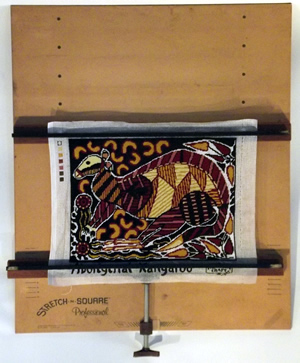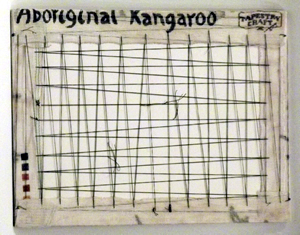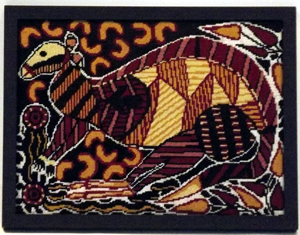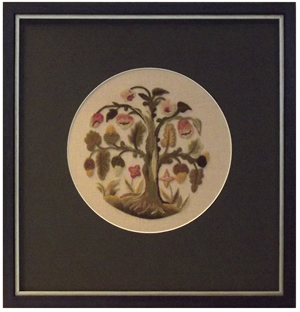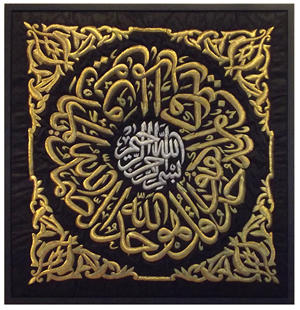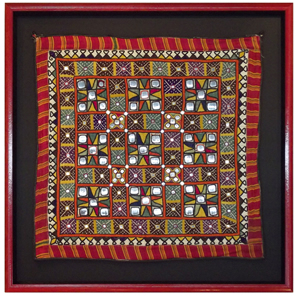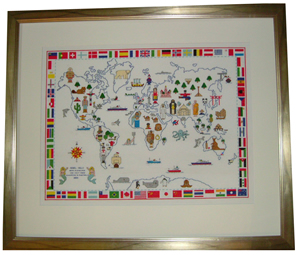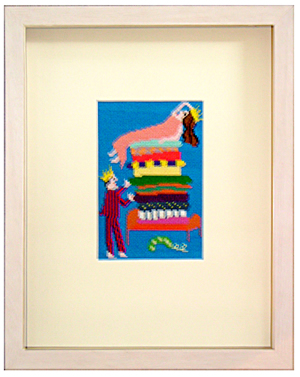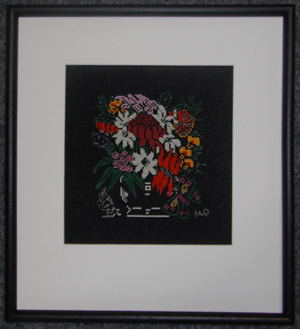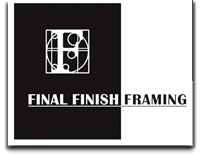Needlework is meticulous work, often taking hundreds of hours to complete. It requires skill and dedication, and a considerable investment in materials. Each piece, whether your own design, or from a kit, is a unique piece of craft art and should be treated accordingly.
Blocking is the process of squaring up the work to correct the bias of the stitcher. After checks for colour fastness, the work is dampened to relax the starch in the canvas.
The work is then pulled back into shape and secured to a flat board to dry tight. We may need to do this a couple of times, turning the work through 90 degrees. We offer a blocking service, or you can do it yourself.
In conservation framing, all mounting methods must be fully reversible without damaging the work. At FFF we believe that lacing over a board is the only responsible method of mounting needlework.
This puts us at odds with other framers who use staples, pins, adhesive or dry mounting. None of these are valid conservation methods.
The blocked work is laced in two directions as shown in the second photograph. Polyester batting can be used underneath, to give a slightly quilted look.
The frame you choose will complement the work, and will need to have a rebate deep enough to accommodate the mounted work and a paper dust cover. We don’t recommend using glass on needlepoint; if you insist then we must use a slip or spacer to keep the glass away from the surface.
There are numerous ways of framing needlework with a mat and glass and we can show you samples.
The above comments refer to new work. Handling antique pieces requires a different approach altogether.
